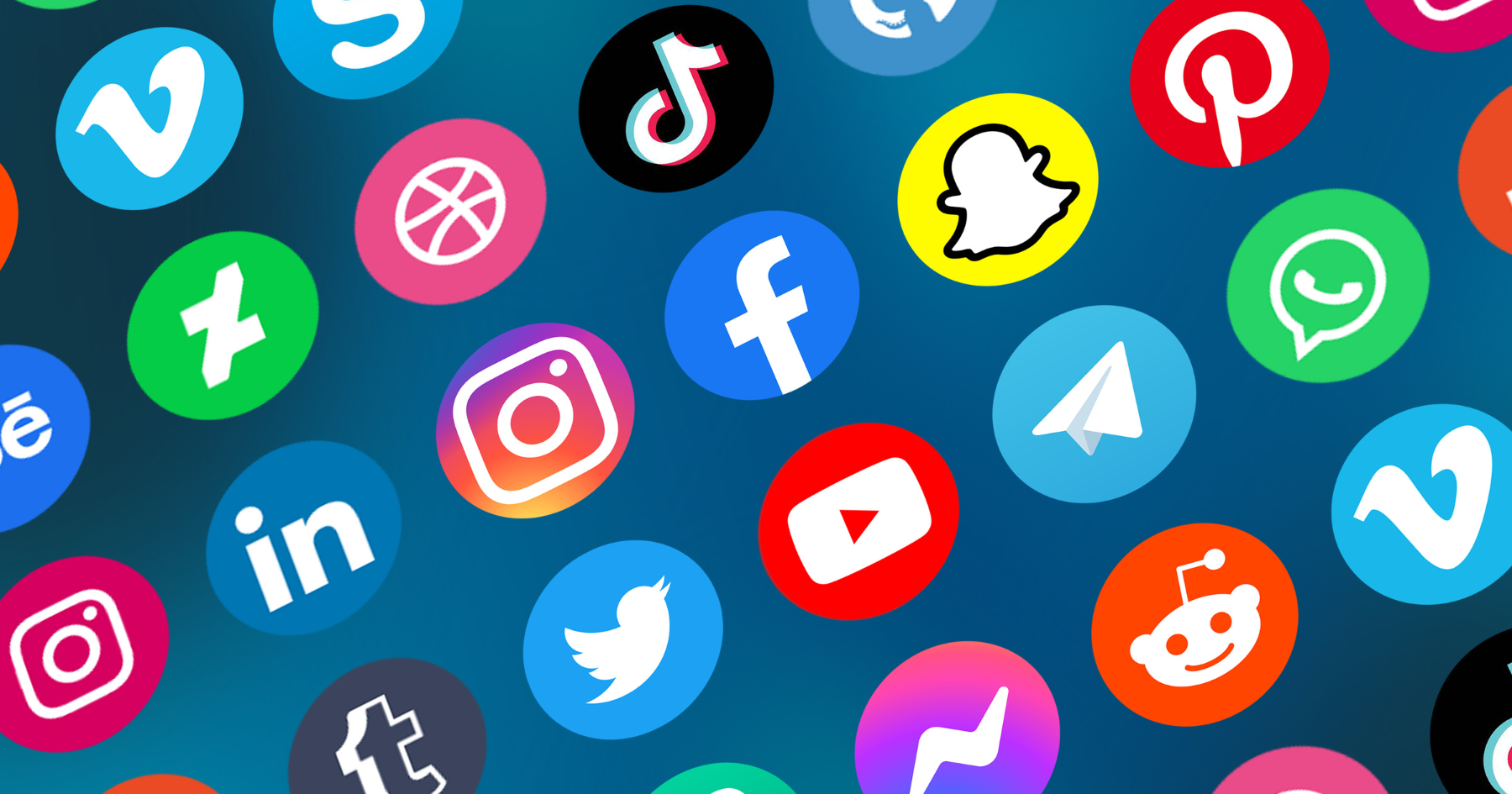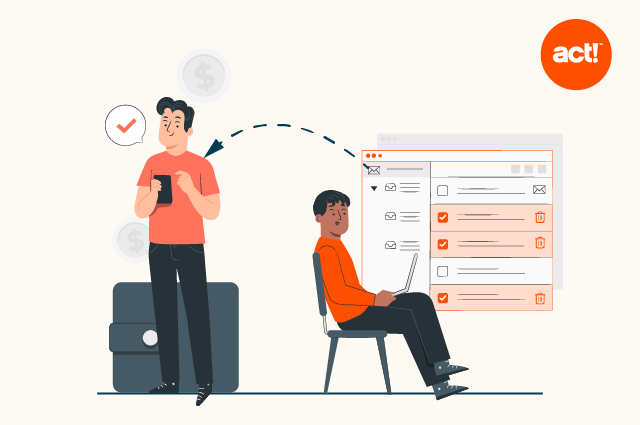
In an ideal world, a sales rep from your company would call a prospect, delight them with a pitch, and close a sale. Better yet, a buyer would come across your product on Instagram, visit your website, and make an online purchase.
But if you’re running a company, you already know that sales processes don’t work that way. It takes coordinated outreach and multiple follow-ups before a prospect is ready to purchase from you, and it’s up to you to empower them with the right information and resources to accelerate their decision-making.
And that’s where sales touchpoints step into the picture. They represent various interactions a prospect has with your business before making a purchase. In other words, they’re the contact points that you use to follow up with prospects and nudge them forward in the sales funnel.
In this blog, we’ll take a closer look at different touchpoints and discuss useful tips for closing a sale.
How many touchpoints does your sales pipeline need?
Running a business in the 21st century means you have access to a wide array of touchpoints. While most companies usually use six to eight touchpoints in their sales processes, the exact number depends on various factors. These include your target audience and the segment in which you operate.
For instance, a B2B sales process needs more touchpoints because it involves multiple decision-makers and a complex buyer’s journey. You’ll have to follow up with a prospective buyer multiple times and handhold them through their journey.
Similarly, selling expensive products, such as jewelry or furniture, requires more touchpoints than affordable products, like clothing or footwear. This is true even if you’re directly selling to consumers.
Therefore, determining the number of sales touchpoints you need requires a deep understanding of your potential customers. Start by identifying key challenges your prospects can face at different stages of the customer journey. Next, choose the best channels to connect with them and resolve each challenge.
A platform like Act! can come in handy here. With Act!, you’ll get a detailed glimpse of the stages that a prospect goes through before you close a sale. That, in turn, will give you a clear idea of their interactions with your brand throughout the sales funnel.
From this, you can identify interactions that cause prospects to churn or become inactive. Eliminating or modifying those touchpoints will help optimize your sales process and improve conversion rates.

Timing your touchpoints: A closer look
Choosing the right number or type of sales touchpoints isn’t enough. You also have to understand when to use each touchpoint. Plus, you need a clear idea of how often you should interact with prospects before closing a sale.
There isn’t a one-size-fits-all formula to determine the precise timing of each touchpoint. Instead, you must assess your sales pipeline. Identify the pain points prospects face at each stage and determine when they’re likely to emerge.
It’s also crucial to test the frequency of different touchpoints. For instance, track the open rates of two consecutive follow-up emails to determine whether they result in positive responses. If that isn’t the case, try sending a single follow-up email and see if the responses improve.
By analyzing the outcomes, you can figure out how many times you might have to follow up.
Key sales touchpoints for your business
With so many touchpoint options out there, it can be difficult to choose the right ones. Here are a few touchpoints that most businesses use to drive sales.
Phone calls
Phone calls are one of the most popular touchpoints for closing sales. They allow you to talk directly to prospects and convince them to purchase from you. It’s worth noting, however, that buyers are growing increasingly wary of cold calls. They won’t engage in a conversation with your sales reps if they don’t have prior information about your product and brand.
It’s wiser to avoid phone calls as the first touchpoint in your sales funnel. Instead, you can use them in advanced stages where the prospect is on the verge of purchasing but needs one final push.
Emails
Emails are one of the most powerful sales touchpoints. When used properly, they come in handy at every stage of the sales funnel. For instance, you can use emails as part of your email marketing strategy to send relevant content, including product comparison guides and industry reports to prospects and qualified leads in the consideration stage.
When they move to the decision stage, you can send an email with a case study, testimonial, or coupon for a free trial of your product. Or you can ask them to schedule a free demo. The key is to include compelling calls to action (CTAs) in your emails according to the stage of the sales funnel to move the prospect further toward conversion.
Social media platforms

Social media is an excellent tool for brand building and customer acquisition. But it can be just as useful as a sales touchpoint.
Not everyone who visits your website or reaches out to your sales team will buy from you right away. Instead, they’ll take time to learn more about your brand, including its ethics, values, and vision.
That’s where social media platforms come into the picture. Use Facebook, Instagram, Twitter, and more to share valuable content showcasing your products and brand. Share feedback surveys, or host live sessions and AMAs (ask-me-anything) to interact with prospects and address their queries.
You can even connect with leads and points of contact via InMail messages on LinkedIn, especially if you’re dealing with businesses. It’s a clever follow-up tactic that doesn’t involve bombarding them with too many emails and phone calls.
Digital ads
Banner ads on different websites can be an effective touchpoint. Let’s say a buyer browses a product page on your website but doesn’t purchase it. You can use retargeting ads from Google Ads to display banner ads for the product whenever the buyer visits other websites.
Product reviews
Whether buying a sales automation tool or an engagement ring, the modern-day buyer goes through product reviews before finalizing a purchase. In fact, 77 percent of buyers regularly or always see reviews for local businesses before buying from them. That makes them a crucial touchpoint for closing sales.
Product reviews are usually available on various platforms, from your company website and social media platforms to third-party sites. Encourage existing customers to review your products on all these platforms. Also, be sure to respond to negative reviews and rectify the issues to show that you value your current customers’ feedback.
In-person meetings
Even in the post-pandemic world, face-to-face interactions can be instrumental in helping you gain a prospect’s trust and address their queries. That, in turn, will drive conversions faster. Such meetings are particularly helpful for B2B sales involving high-value transactions. If you can’t do an offline, in-person meeting, you could still do it online (via video conferencing).
Start closing more sales
Identifying the right sales touchpoints and mapping them to the buyer’s journey is integral to successfully closing sales. It helps deliver a seamless customer experience tailored to every prospect’s needs.
A thorough understanding of your target audience and sales funnel is necessary for choosing proper touchpoints. Using a platform like Act! makes this process easier. Click here to try it for free. No download or credit card is required.







